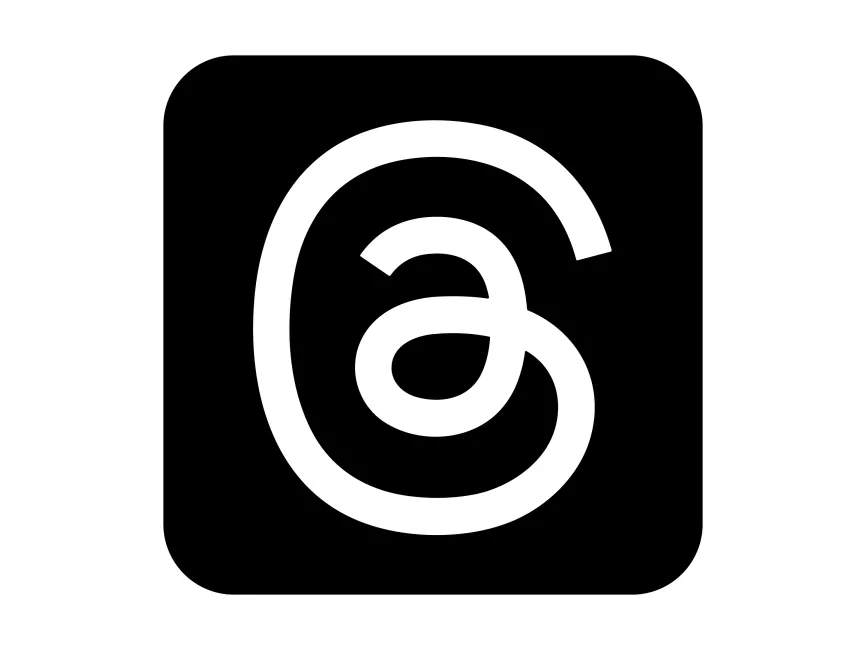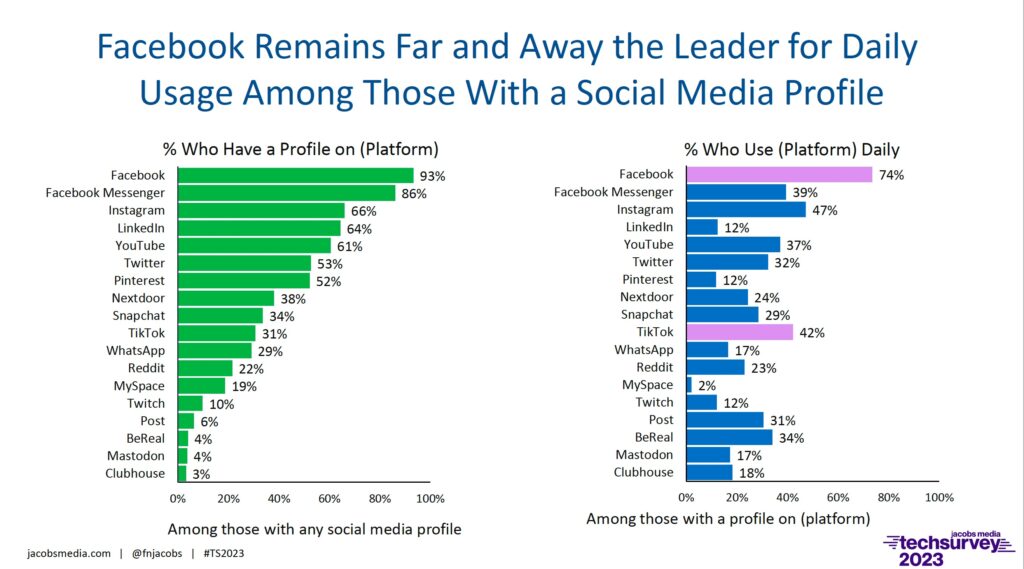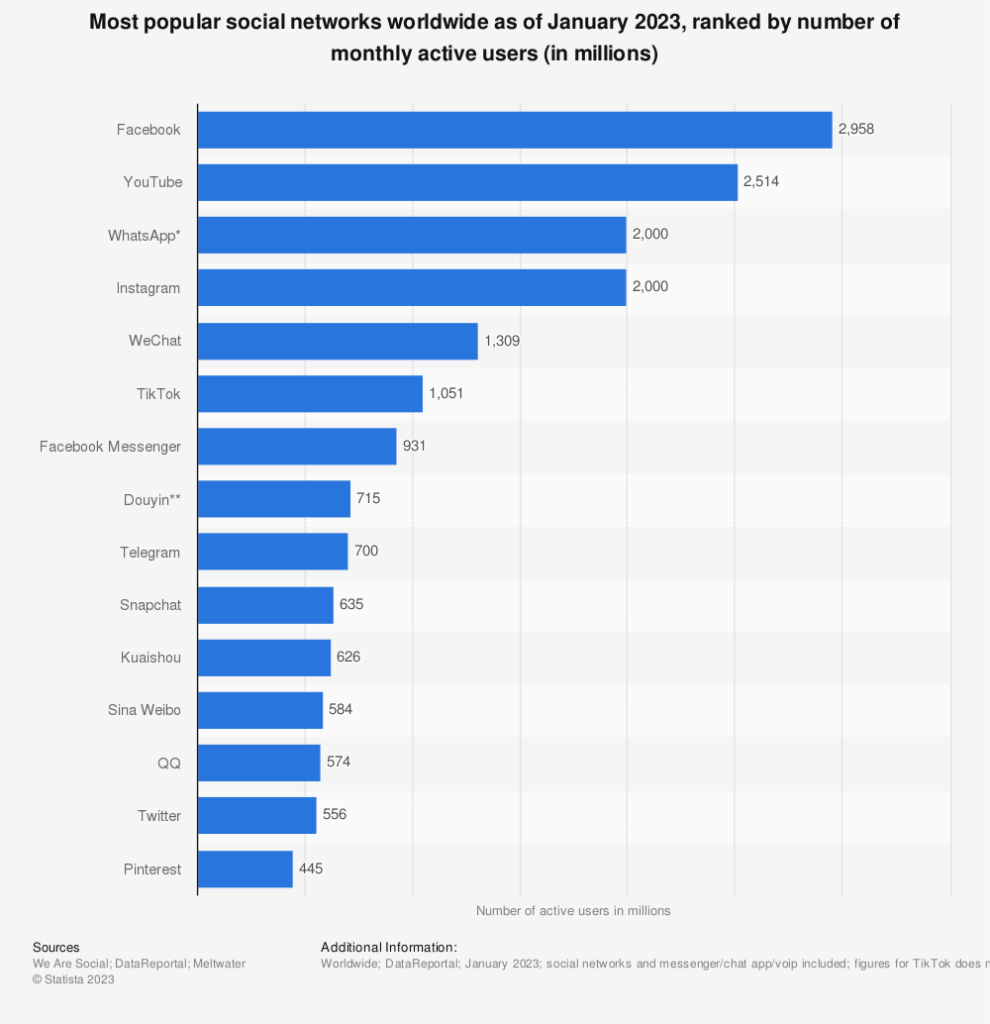 By now, you’re surely aware that Meta, the parent company of Facebook and Instagram, has launched Threads, a microblogging service that’s aimed squarely at Twitter in the wake of Elon Musk’s chaotic takeover of the company. The app’s launch has been record-breaking: It’s been downloaded more than 100 million times in just five days. By comparison, ChatGPT, which also set records, took two months to receive that number of downloads.
By now, you’re surely aware that Meta, the parent company of Facebook and Instagram, has launched Threads, a microblogging service that’s aimed squarely at Twitter in the wake of Elon Musk’s chaotic takeover of the company. The app’s launch has been record-breaking: It’s been downloaded more than 100 million times in just five days. By comparison, ChatGPT, which also set records, took two months to receive that number of downloads.
Threads is a stand-alone mobile app, but Meta has tied it closely to Instagram. You use your Instagram credentials to log in, and with a click of a button, you can instantly follow your Instagram contacts, making it easy for people to connect to others that they already know. For this reason, it’s tempting to draw a parallel between Threads and Google+, the social network Google launched in 2011 which also saw strong early numbers because Google+ accounts were tied to the company’s other services, but which ultimately never gained traction and was shut down in 2018.
However, there’s a lot of reasons to think Threads might succeeed where Google+ failed. For starters, people do actually need to take the step of downloading the Threads app and setting up their account. Meta makes it incredibly easy for Instagram users to do this, but it isn’t done for them. Moreover, Meta has always been a social media company first, while Google is not. This deep knowledge of the space will undoubtedly help. Perhaps most importantly, Threads is a product that solves a real problem that many people have. Namely, they liked microblogging on Twitter, but a number of erratic moves but its new leader, including throttling messages over the recent holiday weekend, has soured them on the social network. Threads could solve the problem that Musk created for many Twitter users.
However, as we know from our conducting Techsurvey for nearly 20 years, there’s a big difference between people having an account on a social network and people actively using that social network on a regular basis. Facebook’s dominance comes from the fact that not only do a lot of people have profiles, but they also visit the platform daily:

This contrasts with LinkedIn, for example, where lots of radio listeners have profiles but few use it on a daily basis.
At this point, the big question is whether or not people will become not just Threads account holders, but active users. Only time will tell, but here are some numbers for comparison: As of the start of 2023, Facebook, had nearly 3 billion active monthly users, while YouTube had 2.5 billion, and WhatsApp and Instagram each had 2 billion. Twitter ranked 14th among social networks with just 556 million active users:

Despite its high profile, Twitter is a relatively small target for Meta. Research shows that 10% of Twitter’s users are responsible for more than 90% of its tweets, and there are early signs that Thread’s launch is impacting Twitter’s traffic, which may be why lawsuits are being filed and insults are flying.
In short, there are early signs that Threads could, in fact, gain traction. So what’s a radio station to do?
I am of two minds on this question. On the one hand, I think it’s important for the radio to proactively experiment with new technologies. As an industry, we don’t value “Research & Development” as highly as other industries, and it’s to our detriment.
There have, however, been notable exceptions. For example, when the social audio app Clubhouse started to take off, iHeart Media fully embraced it, hosting events with high-profile personalities on the platform. I was both impressed and proud of their proactive stance, and the fact that Clubhouse’s meteoric rise ultimately turned out to be a flash in the pan did nothing to diminish my respect for iHeart’s efforts.
On the other hand, I routinely work with stations that are strapped for resources. It’s important for them to prioritize where they spend their time. Having seen many social networks come and go, it’s understandable to feel skeptical or even overwhelmed. So here are some things to consider as you approach Threads:
1. Know your strategic goals.
Another day, another shiny new object. In the digital landscape it’s easy to feel like Doug, the Dog from the Pixar movie Up: “Podcasts! TikTok! A.I! Threads! Squirrel!”
Every time a new digital tool is introduced, radio broadcasters feel the temptation to use it just to use it. Resist this urge. Instead, pull out your list of digital goals and ask how the new tool can help you accomplish those goals. Never lose sight of these goals.
2. “Learning” can be a strategic goal.
While most of your strategic goals should be quantifiable, there is value in simply gaining knowledge. If, in three months, your radio station has a better understanding of how Threads works and how it can be used to impact the station’s bottom line, that’s a win. Be willing to invest time into Threads even if you don’t fully understand what it means for your other goals right now. However…
3. Allocate your resources wisely.
Every radio station I know is understaffed. It’s impossible to do everything, so be aware of the opportunity costs when you dedicate time to a new tool like Threads. Energy spent on Threads has to come from somewhere. If you don’t make a conscious decision about where you’re pulling resources from, that decision will be made for you. It’s better to be strategic about it. What can you put on the back burner while you play with Threads?
4. Not all radio companies are in the same boat.
The right move for a large broadcasting company may not be the right move for a smaller broadcasting company. While I applaud iHeart’s Clubhouse experiments, it would have been foolish for a stand-alone station to have invested the same amount of effort into the platform. Don’t get trapped by thinking that there’s a one-size-fits-all answer for all radio companies. Do what’s right for your organization.
5. Expect bumps in the road.
When I originally sat down to write this blogpost, it was going to be about how on-air personalities can use ChatGPT to prep their radio shows. But to do this, DJs need to use ChatGPT’s Bing plugin to allow the AI service to search the web. The problem? The plugin was disabled over the holiday weekend after it was discovered that ChatGPT was circumventing paywalls when composing its answers to prompts.
This goes to show that when a platform is new, there’s a hight likelihood that unexpected bugs will derail the system. There will probably be unexpected issues with Threads at some point. Plan accordingly.
6. Pay attention to the surrounding infrastructure.
In true Silicon Valley fashion, Threads was launched as a minimum viable product. It’s still missing some of the key features that Twitter has, such as the ability to search for trending topics and the ability to see only the people you follow in your feed.
More importantly, because Threads is still new, the surrounding infrastructure doesn’t exist yet. A crucial factor in how well a tool is able to help your station accomplish its digital goals is how well it plays with your other tools. No doubt, the companies behind social media management tools, WordPress plugins, and other platforms are scrambling to integrate their products with Threads right now. Expect bumps in the road here, too. Keep an eye on the surrounding infrastructure, though, because the ultimately these types of integrations will extend the platform’s capabilities for your station.
7. Feel free to make a moral calculus.
When it comes to social media, the entire world seems to jump on the bandwagon before fully understanding the ramifications. For example, we are only now beginning to understand the effect these platforms have on mental health or democracy. Nearly 20 years after the launch of Facebook, perhaps we should approach this new platform with our eyes open a little wider.
At Jacobs Media, we often talk about the difference between the platforms that you “own” (your website, your email database) and the platforms that you “rent” (social media). On the rented platforms, you are subject to the whims of the landlord, who can increase the rent (or change the algorithm) at any time. During the years that we’ve used this analogy, we always presumed that the landlords were self-interested but ultimately rational. It’s only recently that we’ve entertained the notion that the landlord might be an impulsive narcissist or even, in the case of TikTok, the agent of adversarial government. Of course, as uncomfortable as these other landlords may make us, there’s also also a danger in consolidating so many social networks in the hands of just one company.
I am not saying that you should use a conscientious objection as an excuse to avoid Threads altogether, but I would think twice before promoting it multiple times a hour in sweepers. Radio has given millions of dollars in free promotion to social networks over the years. Maybe this was the right thing to do and maybe it wasn’t, but I’m not sure that, as an industry, we ever gave the issue the thorough discussion that it deserves. This time around, we should.
In short, will Threads be the next big thing? Definitely maybe. Download it. Experiment with it. Learn about it. And keep an open mind.
- A Simple Digital Treat to Thank Your Radio Listeners This Thanksgiving - November 13, 2023
- Interview Questions When Hiring Your Radio Station’s Next Digital Marketing Manager - November 6, 2023
- A Radio Conversation with ChatGPT: Part 2 – Promotions - October 30, 2023





Well said, Seth. You never know when one of the gateways to the “cool new app” turns it into a flash in the pan, as you stated. (Clubhouse started out as only accessible through iPhones, which I think was a big problem for it.) Threads’ gateway is Instagram. While it doesn’t require droid users (which I am) to get a new phone to use it, it does prompt them to use another app to get onboard, which can be clunky.
Yes, Dianna, I’m curious to see if the fact that there’s yet another standalone app that people need to log into is enough of a hurdle to affect Threads’ long-term usage. We’ll have to see!